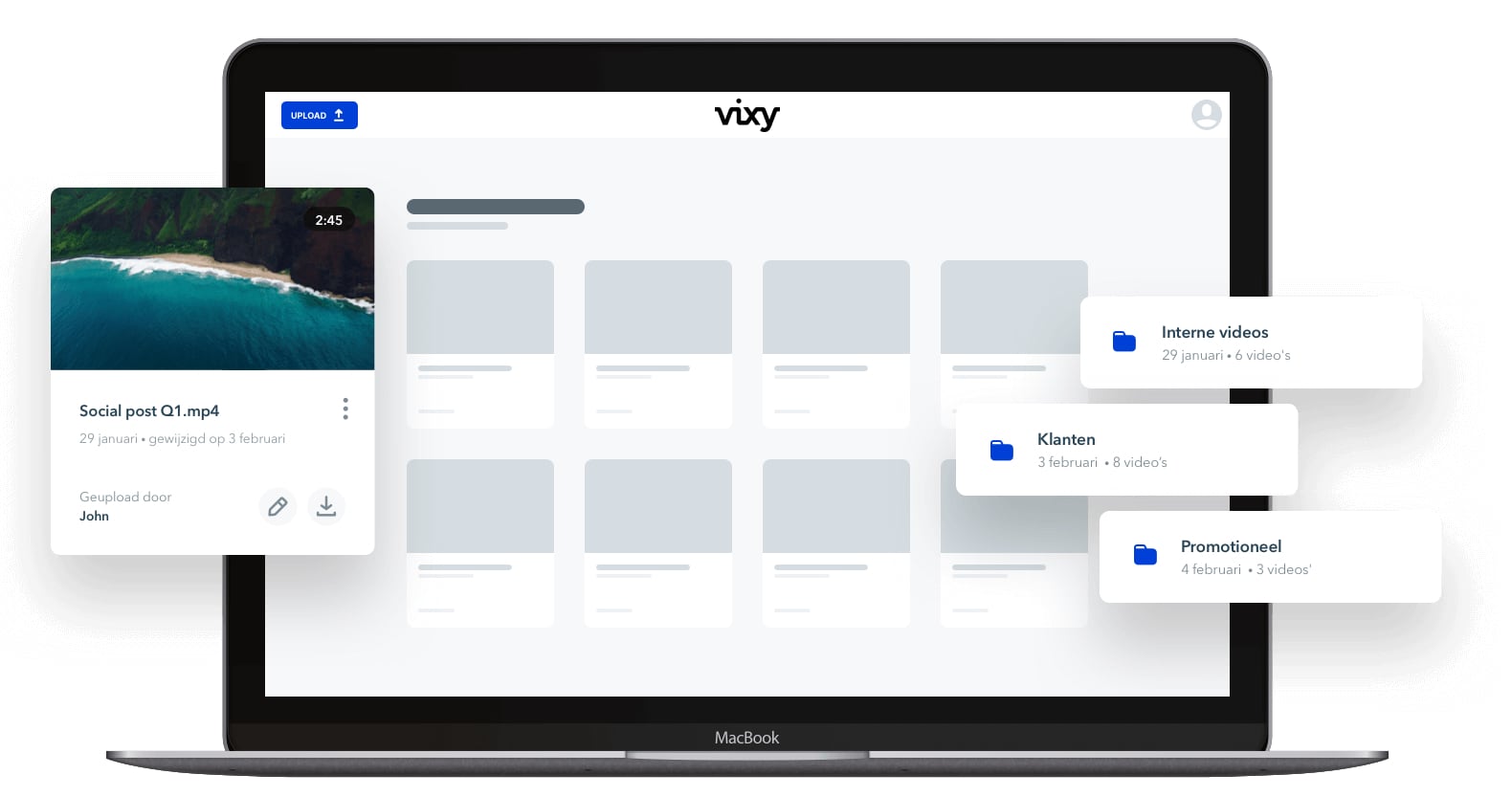Video Hosting: choose a reliable and flexible platform..

MPEG-DASH (Dynamic Adaptive Streaming Over HTTP) is a streaming protocol that maintains high quality streaming of media content delivered via conventional HTTP web servers. Like HLS, MPEG-DASH breaks videos down into smaller parts so you can stream videos at various quality levels. A video is split into segments and this information is recorded in an MPD. The MPD is first delivered to the player, which uses it to request segments of the appropriate bitrate & resolution based on the network conditions and buffer fullness.
The MPEG-DASH streaming process consists of 3 steps
MPEG-DASH facilitates ABR streaming. In ABR streaming, a video is transcoded into multiple resolutions and bitrate combinations and each is referred to as a “rendition”. A collection of renditions is a bitrate ladder:
When a player starts to playback a video, it senses the available bandwidth and let’s assume its 20 mbps. This is much greater than the highest bitrate viz. 5 mbps. So, the player safely downloads the highest bitrate, 5 mbps for the first segment/chunk (perhaps, 6 seconds long). Then the player senses the bandwidth again and if it is still very high, it asks for the highest bandwidth again.
If the bandwidth suddenly drops to 5 mbps, then the player will probably request for the 4 mbps chunk from the server because it is risky to ask for the 5 mbps chunk. It then receives and plays back the 4 mbps chunk. This is how the bitrate and quality are adaptively varied to adapt to the varying bandwidth conditions.



